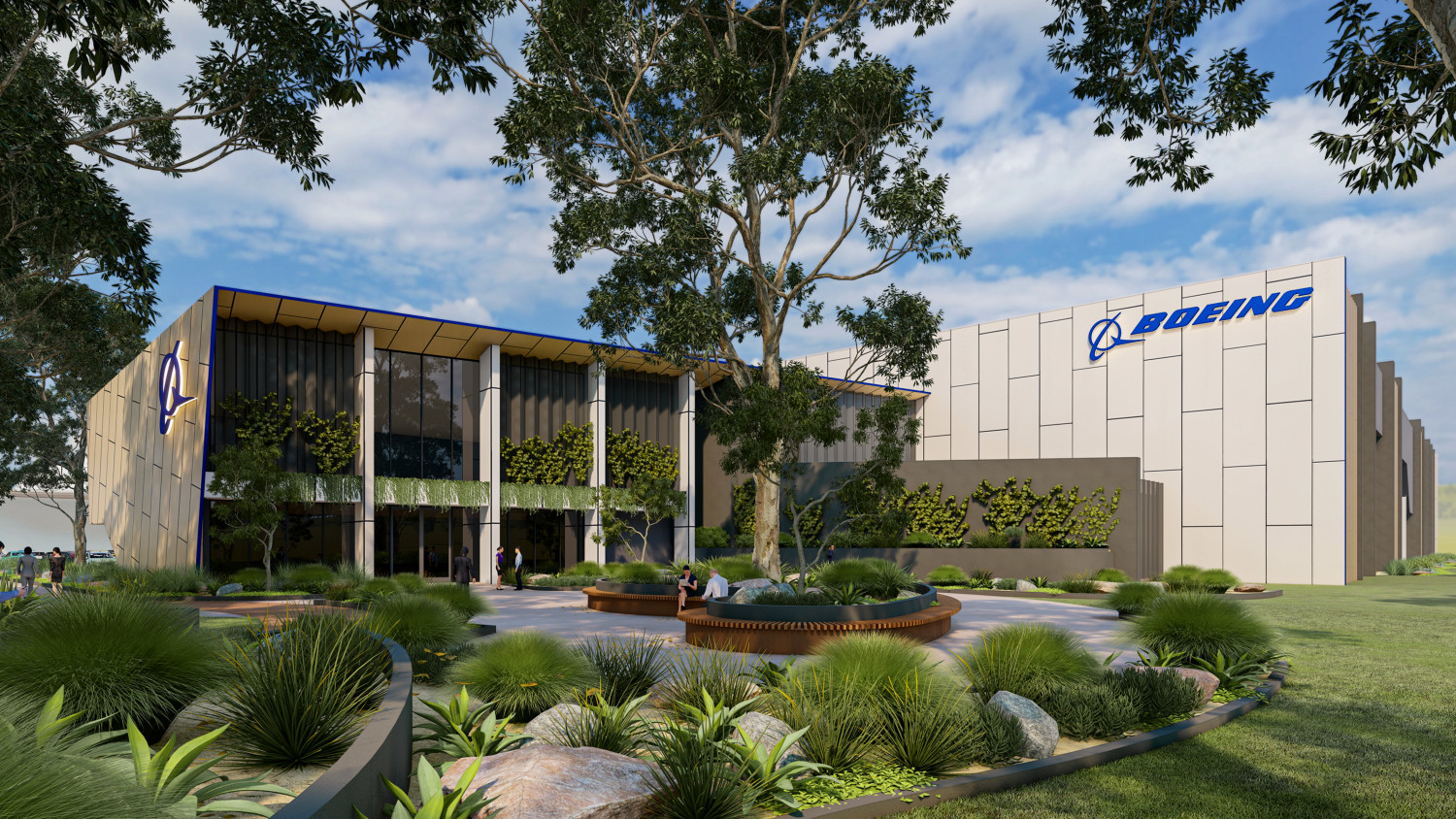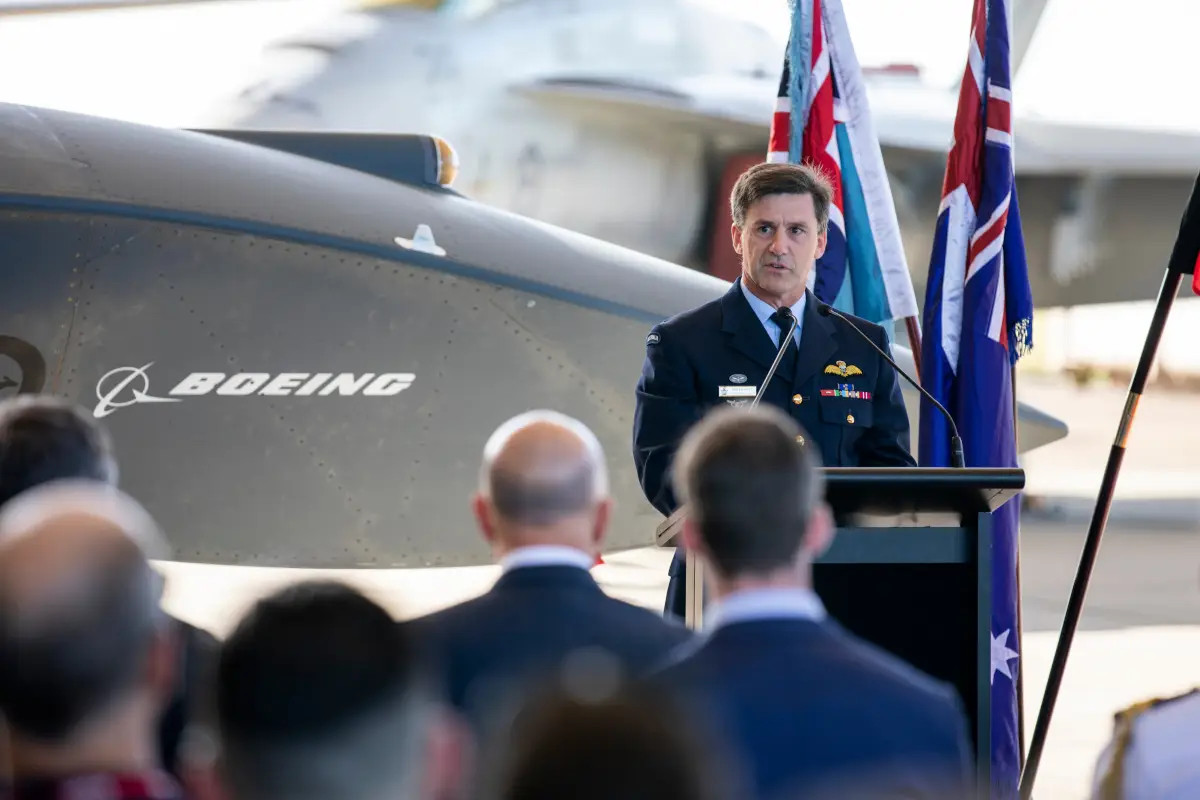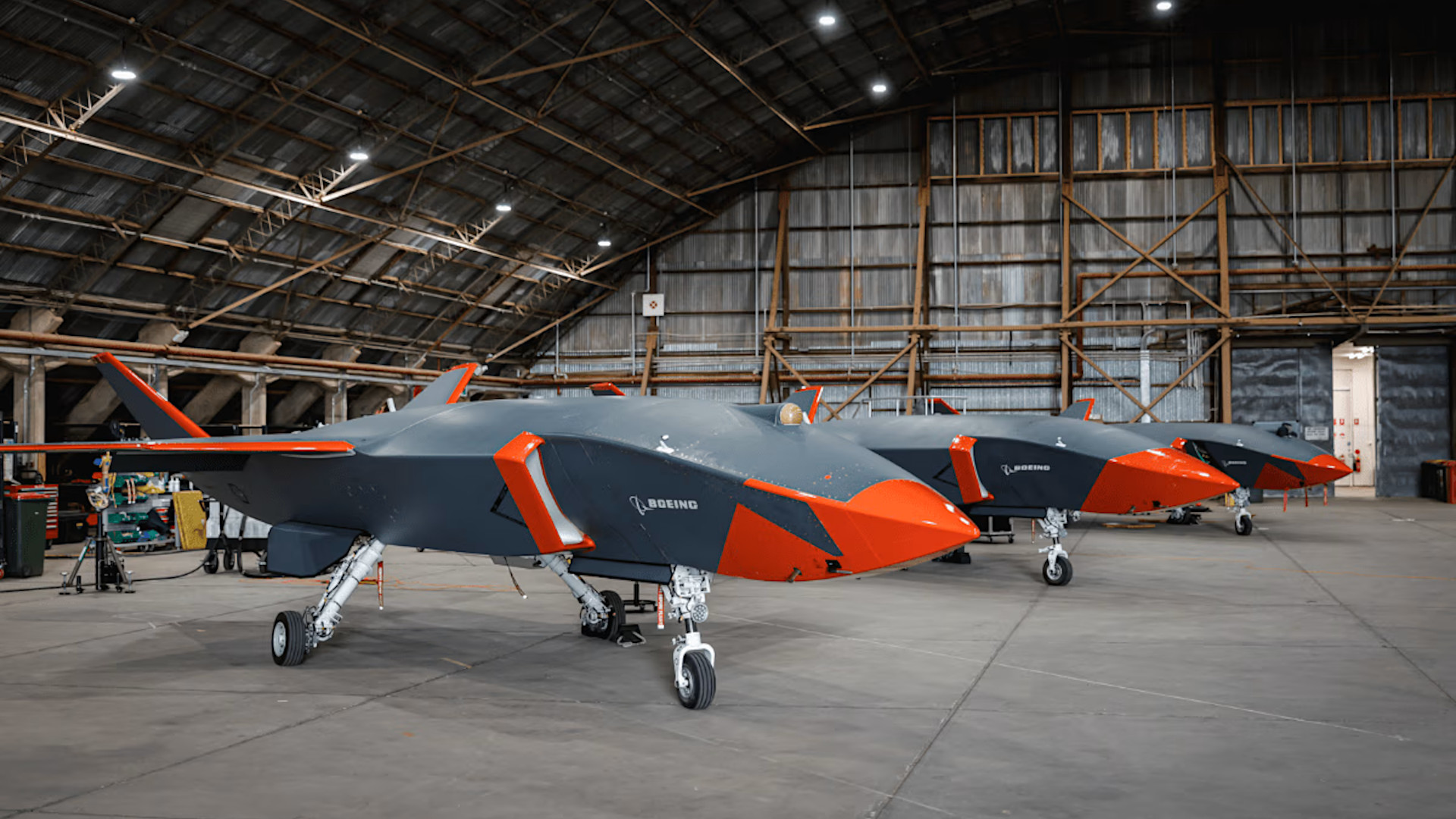Boeing is set to establish a new production facility for MQ-28 Ghost Bat “loyal wingman” type drones in Australia. MQ-28 is a key component of the Royal Australian Air Force’s future plans. The U.S. Air Force is also making use of a Ghost Bat for testing purposes and the design, or a derivative thereof, could be a contender for the service’s Collaborative Combat Aircraft program.
Boeing’s subsidiary in Australia announced its plans for the new 9,000 square meter (96,875 square feet) facility in Toowoomba, Queensland in eastern Australia in a press release yesterday. This will be a first-of-its-kind site for the company outside of the United States and is expected to be up and running by 2027.

Boeing’s planned construction project in Queensland is also part of a larger development plan called the Wellcamp Aerospace and Defence Precinct, which is being led by Australia’s Wagner Corporation. The Precint, including Boeing’s site, will be directly adjacent to Toowoomba Wellcamp Airport.

“Boeing Australia is investing to bring this innovative, uncrewed capability to market in the timeframe that supports our customers’ future needs,” Amy List, the Managing Director of Boeing Defense Australia, said in a statement. “We’re partnering with the Queensland Government and Wagner Corporation to build Boeing’s first final assembly facility outside of North America – which is indicative of our global focus and a continued commitment to a sustainable and robust Australian aerospace industry.”
The announcement of plans for the MQ-28 production facility in Toowoomba follows Australian authorities allocating another $260 million ($399 million Australian dollars) for continued work on the Ghost Bat in February. That funding will go in part to building three more of these drones in a Mk 2 (also called Block 2) configuration. How these drones will differ from the baseline version has not yet been publicly disclosed.
That Australia was working together with Boeing on the MQ-28, originally referred to as the Airpower Teaming System (ATS), only emerged publicly in 2019. The first flight of one of these drones occurred in 2021. Three Ghost Bat prototypes are known to have been built and flight-tested in Australia for the Royal Australian Air Force (RAAF) to date. As of May 2022, the RAAF stated plan was to acquire at least 10 MQ-28s by 2025, at which point it would begin flying them operationally.

Boeing has been steadily working to expand the MQ-28’s flight envelope and integrate new capabilities into the prototypes. The Ghost Bat was designed from the beginning to have a high degree of modularity, notably including a readily swappable nose section, and to make heavy use of open-architecture mission systems, as you can read more about here. One of the new capabilities for the drone that has been very visibly observed in recent years has been a nose configuration containing an infrared search and track (IRST) sensor system, as can be seen below.

MQ-28s were also in line to be used in the U.S. Air Force’s Skyborg advanced drone program, but that ultimately did not occur due to conflicts with Boeing’s commitments to the RAAF. In 2022, the U.S. Air Force announced new plans to use Ghost Bats for testing purposes and there were indications it might acquire more than one of these drones ostensibly for that purpose.
“In coordination with the Royal Australian Air Force (RAAF), we have one MQ-28A aircraft in the U.S. supporting engineering, testing and training,” Boeing told The War Zone in November 2023.
The Air Force has also previously described the MQ-28 as a “technology feeder” for the CCA drone program. Last month, the Australian Department of Defense disclosed that it had “signed a CCA development project arrangement with the United States on 30 March 2023.”

The CCA program itself is currently structured around iterative development cycles. Boeing is currently one of five companies on contract as part of the first of these cycles, known as Increment 1. The Air Force is looking to trim that field back just two or three firms later this year, and even eventually pick a single initial CCA design.
The Air Force is also hoping to kick off the next development cycle, or Increment 2, in the 2025 Fiscal Year. The service has said this could be the first increment to include foreign participation. The War Zone laid out a detailed case for how the trilateral Australia-United Kingdom-United States (AUKUS) defense cooperation agreement, specifically, could provide an ideal framework for exactly this kind of cooperation on the CCA program, or an adjacent effort,

Other branches of the U.S. military or other foreign armed forces may be interested in the Ghost Bat, as well. “There is international interest in MQ-28 from potential customers,” Boeing told The War Zone last November when asked about potential customers beyond the RAAF.
A rendering of a variant or derivative of the MQ-28 with a visible tail hook landing on a carrier has previously emerged in a briefing put together by the Royal Navy in the United Kingdom. Boeing subsequently confirmed that this was a company image and such a variant could also be of interest to the U.S. Navy.
“We are studying future options to meet the forecast capability requirements both locally and internationally,” Boeing told us last year in response to questions about this particular development. “We cannot disclose specific variant details.”
All this aside, Boeing’s new production plant plans represent a significant additional commitment to the Ghost Bat’s original customer, the RAAF, and Australia as a whole. For Boeing, producing these drones fully outside of the United States also opens up different opportunities to compete for foreign sales without the limitations imposed by U.S. government export controls.
It is worth noting that American authorities have relaxed restrictions on drone exports in recent years. There is always the potential for additional Ghost Bat production capacity to be established elsewhere, as well. This could include the United States should the MQ-28, or a variant or derivative thereof, be selected for the CCA program.
Altogether, the planned MQ-28 production facility in Toowoomba is a major step forward for the program, which has already been advancing steadily toward providing the RAAF with a capability that no other air arm currently has in its inventory. The Ghost Bat also looks to be a major competitor in advanced drone programs in the United States and potentially elsewhere around the world.
Contact the author: joe@twz.com
